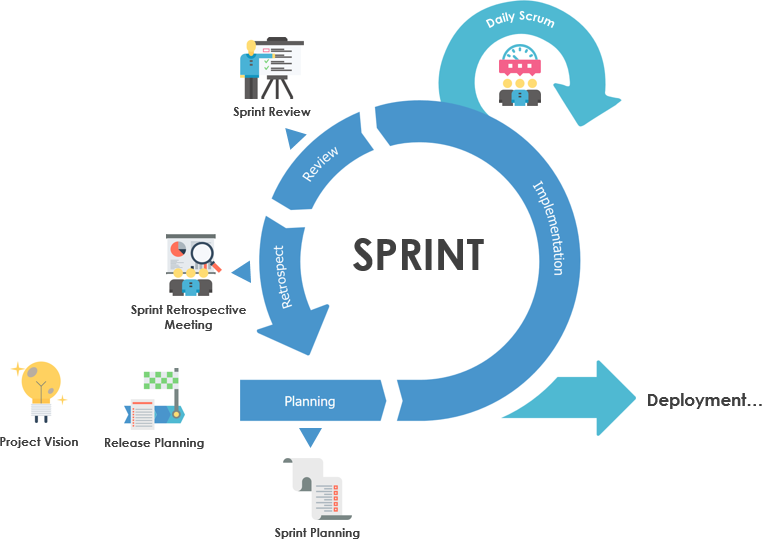

- #DEFINE RETROSPECT HOW TO#
- #DEFINE RETROSPECT SOFTWARE#
- #DEFINE RETROSPECT PLUS#
- #DEFINE RETROSPECT FREE#
Check that each action has been done and, if not, discuss why. Step 6: Follow upĪt the start of each retrospective, you should have a list of previous actions to follow up with the various task owners.

#DEFINE RETROSPECT PLUS#
Agree as a team on which actions you want to take, and then assign a task owner to each action, plus a deadline by when the actions should be completed, if applicable. Post the ideas on your board under the heading “Actions to take” Group together any ideas that are similar or linked. Again, ask them to write one idea per note if using a whiteboard in person, or to contribute one idea at a time if conducting the meeting remotely. Once you’ve discussed what went well and what didn’t, ask your team to brainstorm actions that can be taken to improve problem areas. Here is an example of how that could look in a Teamhood board once team members have contributed their answers to each question: Discuss the idea briefly amongst the team.
#DEFINE RETROSPECT FREE#
This creates a safe space in which every participant can feel free to speak their mind. It’s also useful to ensure that any views are captured anonymously, in case the meeting results need to be shared with senior management at any point. Retrospectives should be regular and short, so set a clear time limit for the meeting. This is both one of the guiding principles of Agile in general, and of retrospectives more specifically. Step 3: Set clear expectations and create a safe spaceįor an Agile retrospective to be effective, your team members must feel like they can speak freely. If your team uses Teamhood, add them to the new workspace so that they can think about the past Sprint and add in items ahead of the meeting. Otherwise, you make sure to gather your team in a room where they can focus for between 30 minutes to an hour without any distractions.

This is how the retrospective board will look in Teamhood:įor remote or hybrid teams, you should be able to invite your team members to attend your remote call with a couple of clicks. If you’re able to do the retrospective with the team gathered together in a room, use a whiteboard with sticky notes and then transfer the information captured into the template. Here you will find a Kanban board with 3 statuses:įor remote teams, you can work straight into this digital template.

If you are creating a new workspace, you can find a template under Workshops -> Agile retrospective. Start by creating a new workspace or board in Teamhood dedicated to retrospectives. 6 steps to run your Agile Retrospective in Teamhoodīased on the experiences of our most successful clients who use the Agile methodology, here are our six steps to running an Agile retrospective using Teamhood. The team reflects on how everything went and then decides what changes to make in the next iteration.
#DEFINE RETROSPECT HOW TO#
Team members should decide how to run the meetings and how to make decisions about the improvements they need to make. What actions could we take to improve our process going forward?.What did not work well for us? / What could we do better?.What worked well for us? / What did we do well?.During this meeting, the team reflects on what happened during the sprint and identifies actions for improvement by asking the following specific questions:
#DEFINE RETROSPECT SOFTWARE#
What is an Agile Retrospective?Īn Agile retrospective is a meeting held at the end of a sprint in Agile software development. That way, you’ll hopefully get a good idea of how Agile retrospectives work and you’ll be able to better imagine how you can make use of them in your organization. It includes practical examples of how to do them using Teamhood, along with some graphics of the Teamhood templates you can use as part of the process. This article sets out to offer a quick definition of what an Agile retrospective is.


 0 kommentar(er)
0 kommentar(er)
